The commercial drone industry is constantly upping the game with new and innovative technologies for a myriad of applications from drone delivery, new ways to mitigate risks, or even airspace deconfliction devices.
This year’s Commercial UAV Expo invited companies who have recently developed and launched innovative products to submit them into our Innovation Spotlight competition to be voted on by Commercial UAV News readers. Those who had the most innovative products were chosen, but there was one product that was recognized as the winner.
Lifesaving product Lifeseeker, made by CENTUM, was crowned the winner of the 2025 Innovation Spotlight for its ability to swiftly identify a missing person during search and rescue missions.
Lifeseeker is an airborne cell phone location system that can pinpoint a cell phone’s exact location, even in areas where there is no cellular connection. This technology turns any cell phone in the area into an emergency beacon, providing the location of the phone, and therefore the missing person. CENTUM recognized that in today’s age where everyone has a cell phone on them, it’s the perfect tool to tap into search and rescue efforts.
Héctor Estévez, CEO of CENTUM, explained how this technology is able to work, even in remote areas.
“Imagine the cellular antennas you can see on hilltops. Now, imagine that you can put that antenna in a drone or a helicopter. We can create a cellular network in any location. When we are creating this fake network from the air, we are giving the phones on the ground the chance to connect, and we can locate the phone.”
Relying on a cellular signal to locate a person has many time-saving benefits compared to other search and rescue tactics. One of the main advantages of this method is that the signal functions well regardless of weather, altitude, light conditions, and physical challenges such as thickly forested areas or in deep snow.
“Since we are talking through radio frequency signal, we don’t need to see our target. We can work during the night, through fog, and through dense trees,” explained Estevez. “Because we are transmitting radio signals from the aircraft, we cover a large area without paying attention to the ground. We just need to detect the signal and then we can complete the process with our algorithms.”
With an average time to rescue being under an hour when Lifeseeker is being used, it’s no surprise that the tool has been used in over 1,000 rescue missions today. Currently, Lifeseeker is deployed across 25 countries with a large market based in Europe and North America.
Search and rescue missions typically involve entering dangerous areas like steep mountainsides, remote forests, or snow-covered hills that pose an avalanche risk. The company bared this in mind when developing the technology, noting that search and rescue crews put their own lives at risk to save another. With its effectiveness in locating the missing person, this technology also mitigates some risks that crews face.
“Thanks to radio frequency detection, we can establish a safe altitude to fly. We don't need to run the risk of being close to the target. The system gives you the coordinates for the rescue. So, you can look for the best path to do the rescue, you can do the search without mobilizing people on ground,” said Estevez.
One of the company’s most memorable success stories dates back to Lifeseeker’s early days. A 79-year-old woman had been trapped in her car for more than 30 hours. Despite extensive search efforts using multiple methods, rescuers were unable to locate her. Finally, one of their customers was called in, and with Lifeseeker’s technology, they were able to find her alive in less than an hour.
While search and rescue missions are the most common use of this technology, the company is starting to see the technology adopted for disaster relief efforts as well. In a time where cellular networks are down and road ways are obstructed, more recovery groups are turning to aerial solutions. With this being a technology that can be used on a drone or in a helicopter, it’s the perfect solution to getting a cellular signal without navigating dangerous terrain.


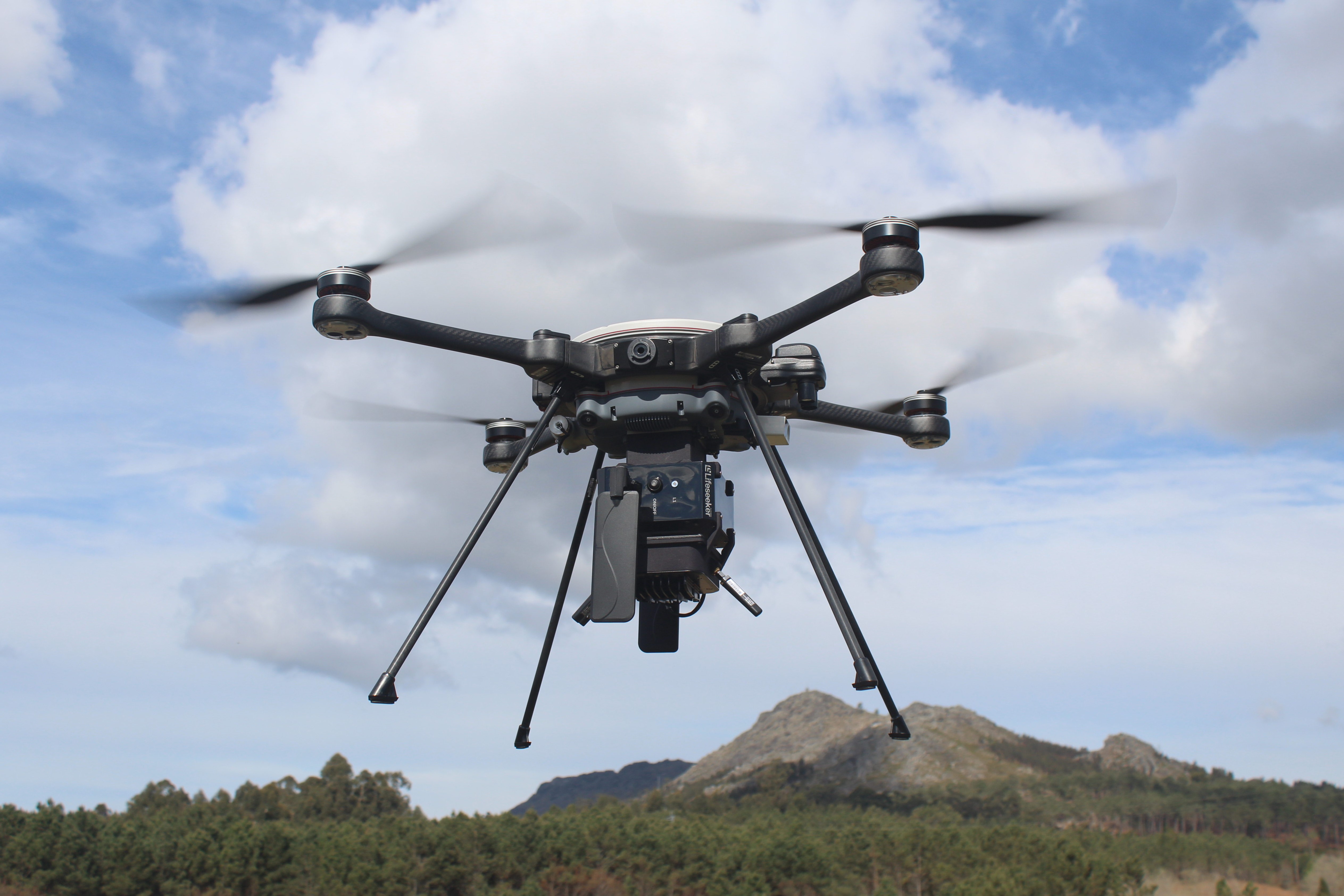



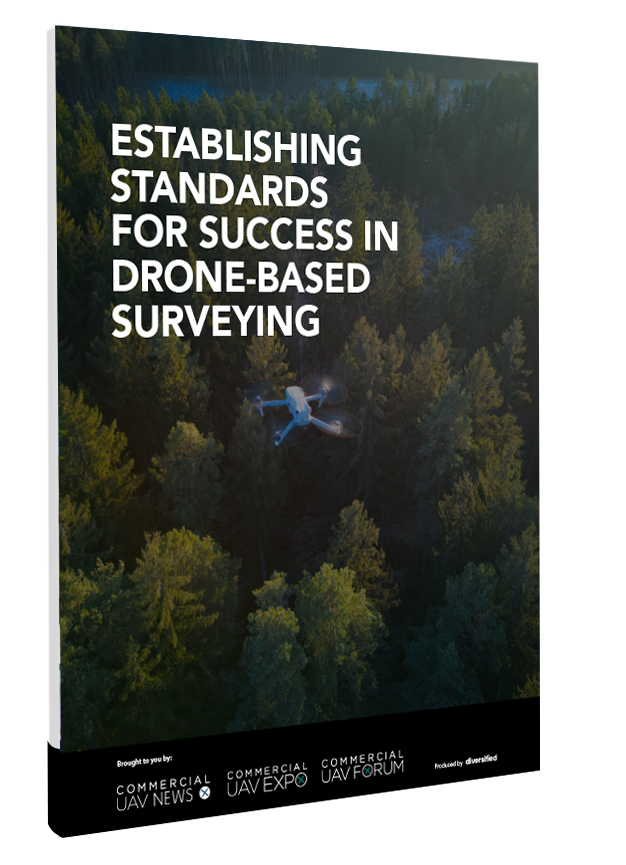
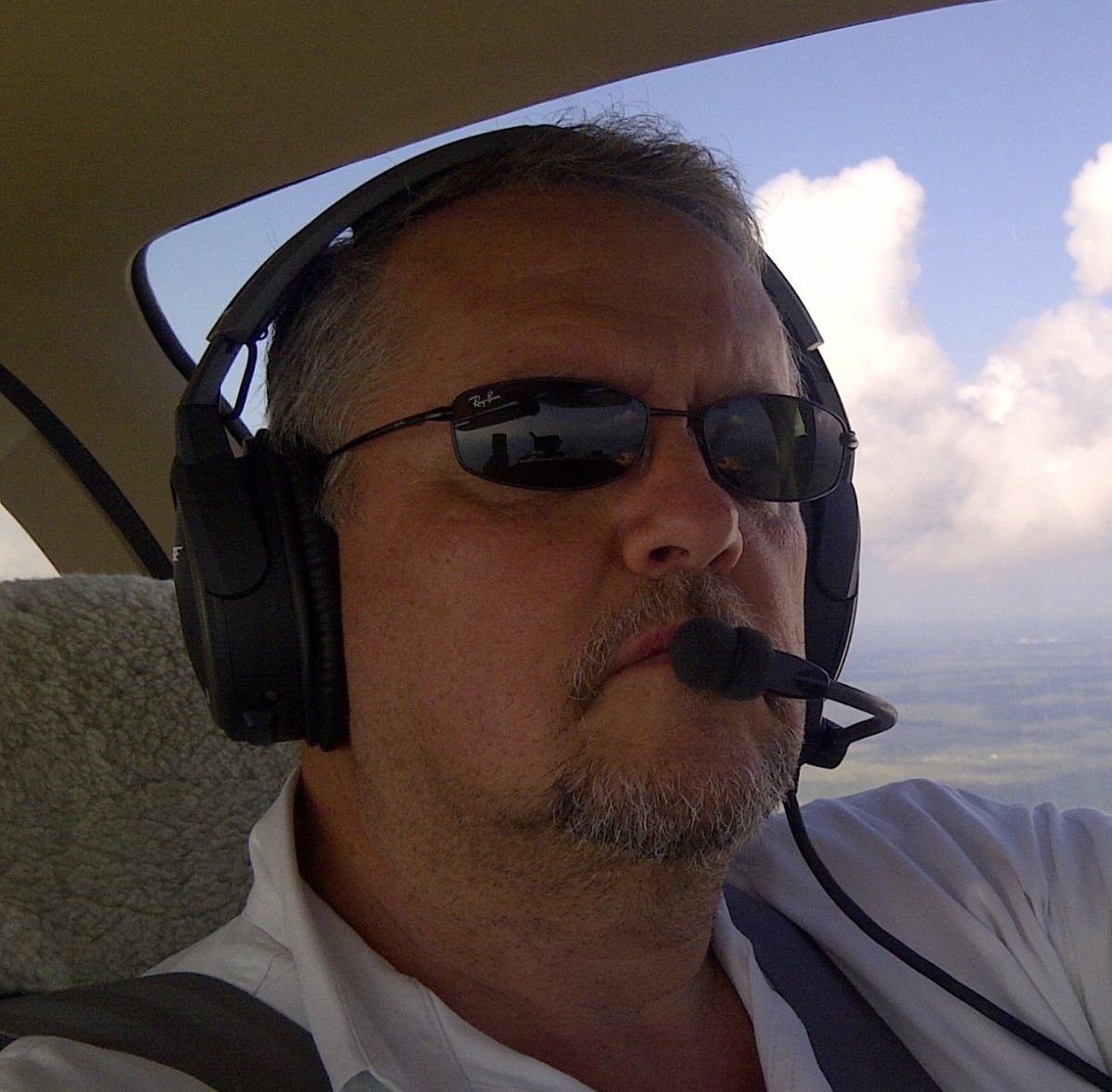




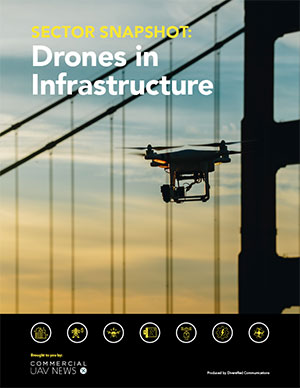
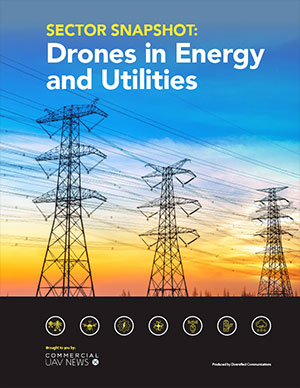

Comments